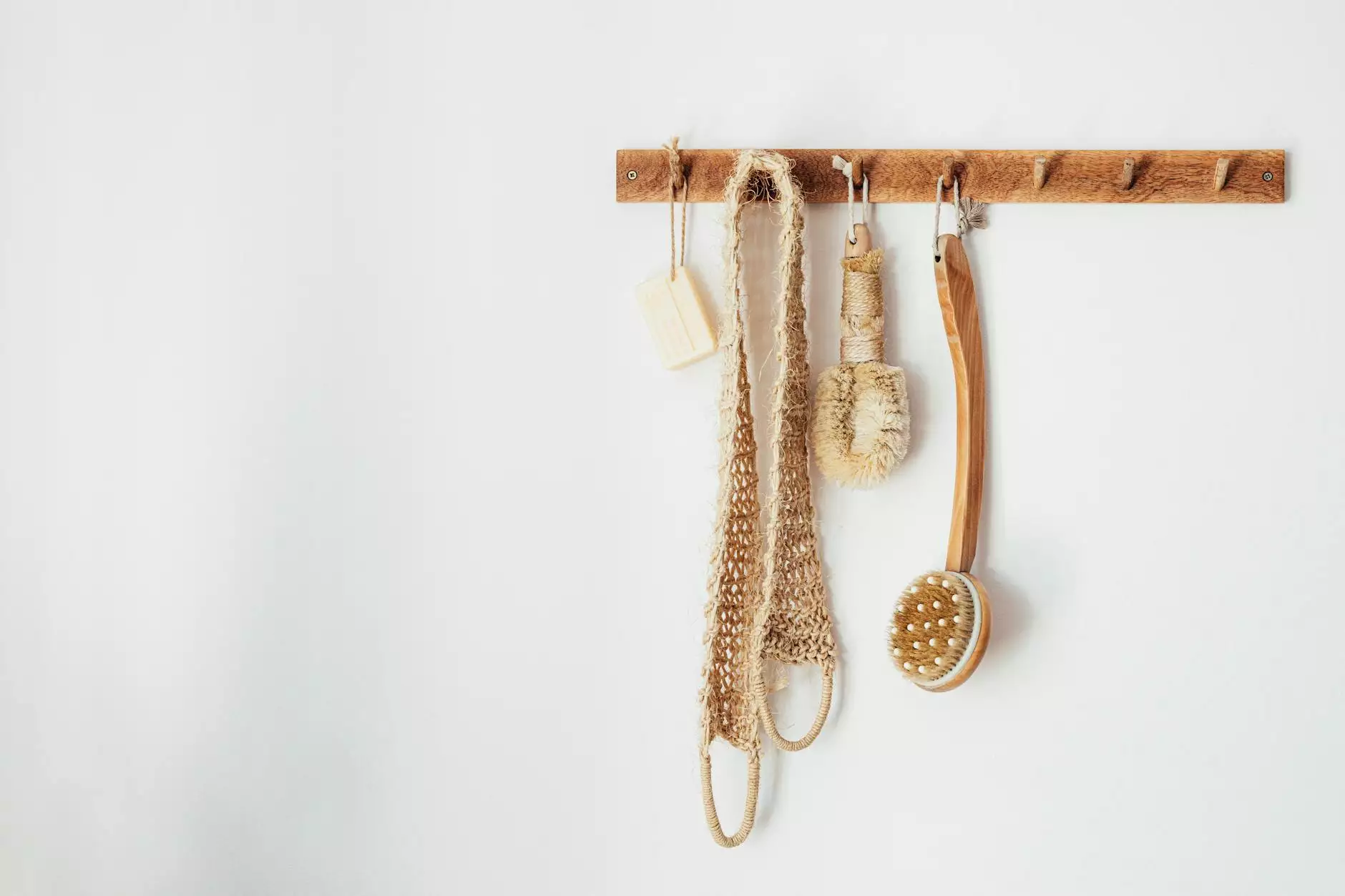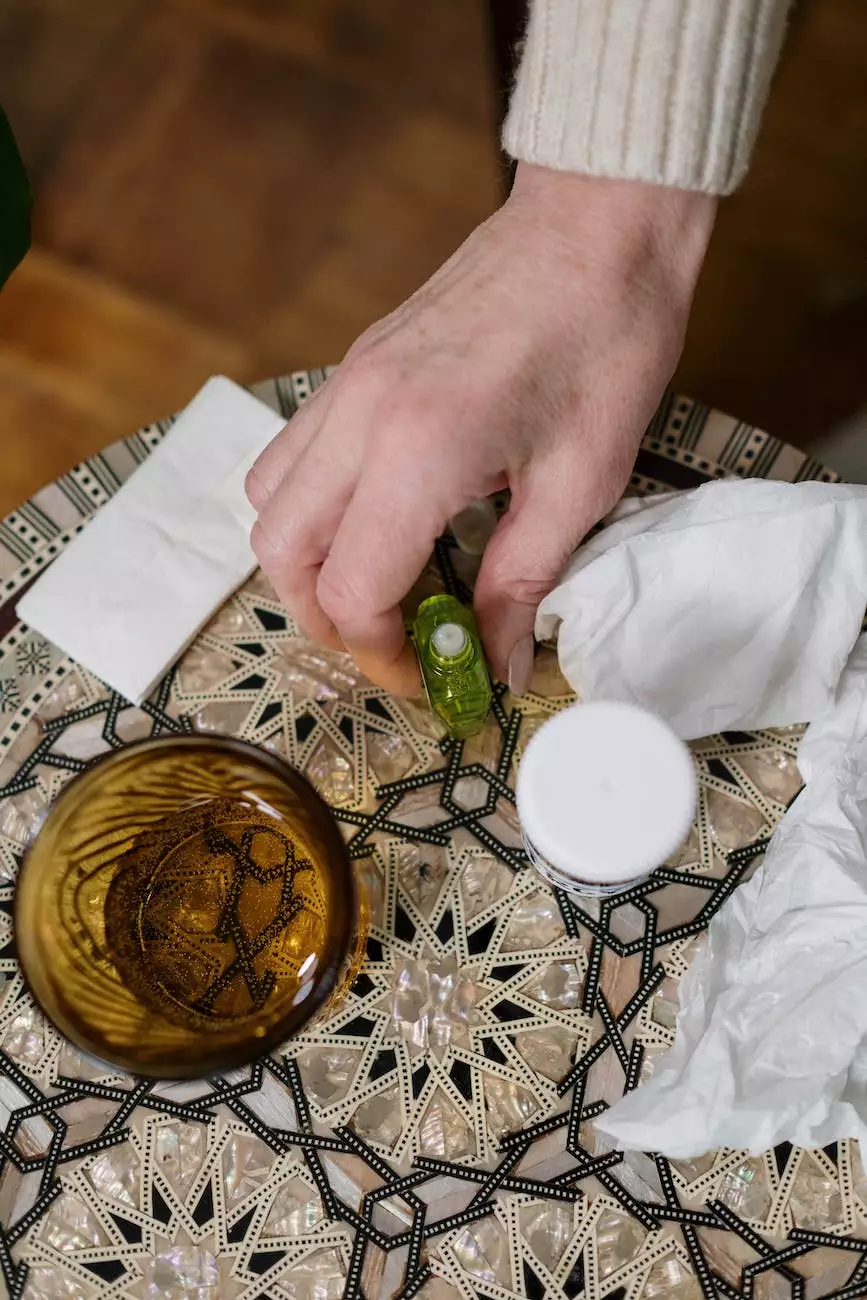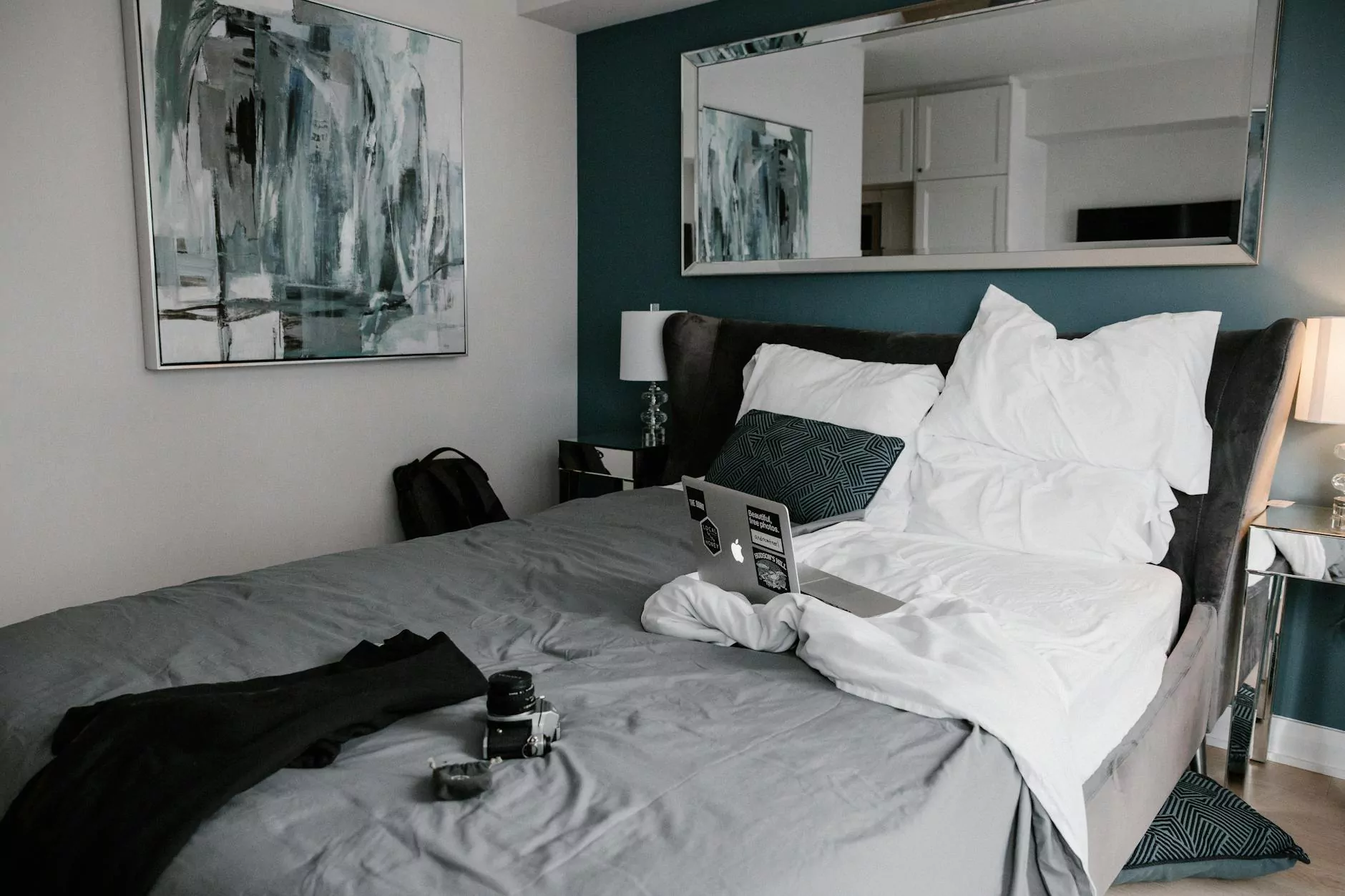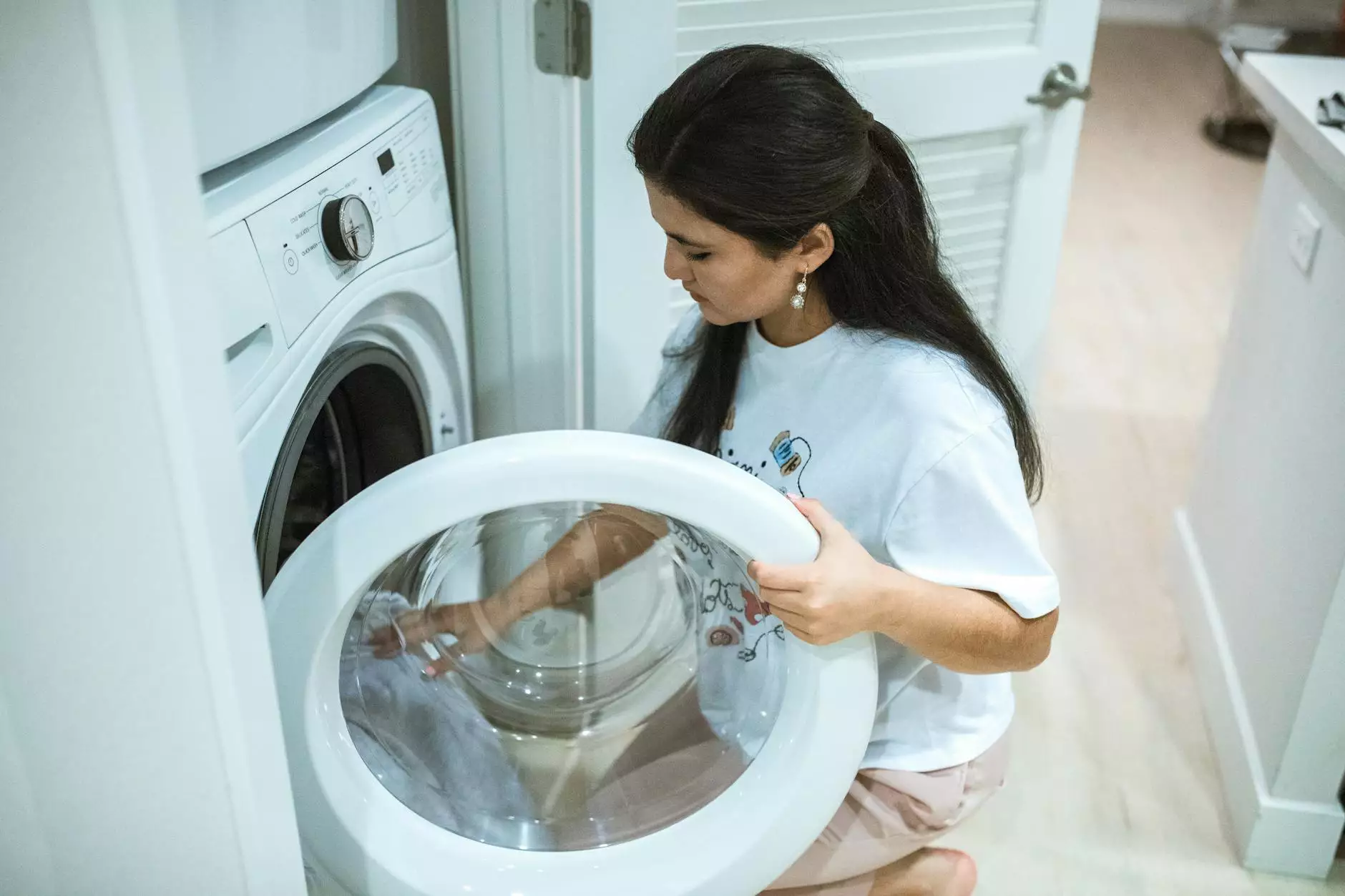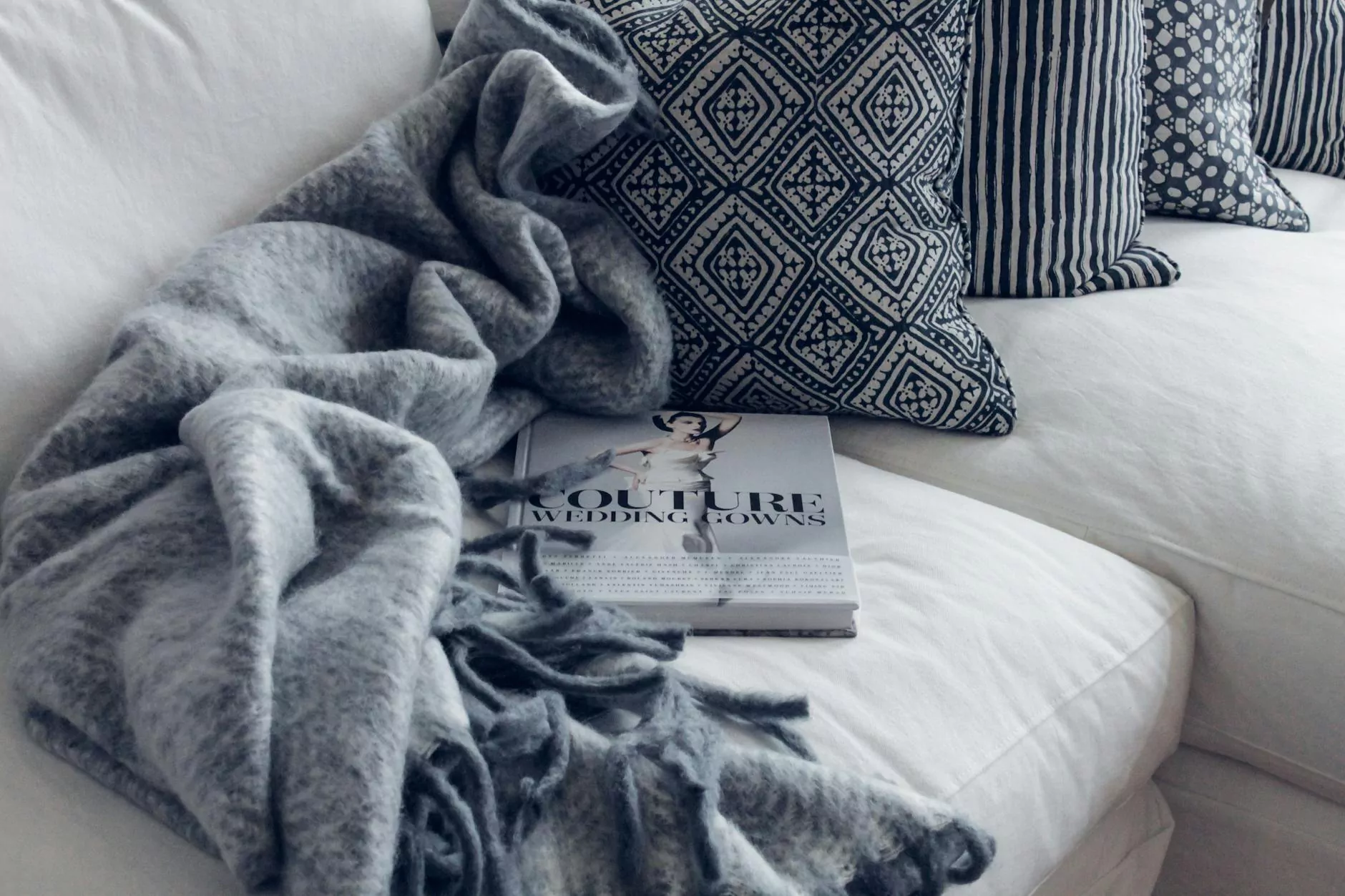Can You Get Hives from Dust?
Blog
When it comes to allergies, dust is a common culprit that affects many individuals. Hives, also known as urticaria, can be triggered by a variety of factors, including dust particles. In this article, Southside Fixtures, a leading provider of business and consumer services in the real estate industry, aims to delve deeper into the connection between dust and hives, providing valuable insights and potential solutions for those suffering from this condition.
The Relationship Between Dust and Hives
Hives are itchy, raised welts that appear on the skin and can vary in size and shape. They can be triggered by various allergens, including dust mites, pollen, pet dander, and certain medications. Dust, in particular, can contain allergens such as dust mite feces, pollen, and mold spores, which can cause allergic reactions, including hives.
When individuals with a sensitivity to dust are exposed to these allergens, their immune system responds by releasing a chemical called histamine. Histamine is responsible for the characteristic redness, itchiness, and swelling associated with hives. It is important to note that not everyone who is exposed to dust will develop hives, as individual reactions can vary.
Identifying Dust Allergies
If you suspect that your hives are triggered by dust, it is crucial to identify if you have a dust allergy. The following symptoms may indicate a dust allergy:
- Itchy, red, or watery eyes
- Sneezing and a runny or stuffy nose
- Coughing or wheezing
- Shortness of breath
In addition to these symptoms, hives may also manifest as part of a dust allergy. It is advisable to consult with a healthcare professional or an allergist for an accurate diagnosis. They can perform various tests, such as skin prick tests or blood tests, to determine if you have an allergy to dust or other substances.
Managing Dust-Related Hives
Although it may be challenging to completely eliminate dust from your environment, there are several steps you can take to manage hives triggered by dust:
1. Keep Your Living Space Clean
Regularly dust surfaces, vacuum carpets and furniture, and wash bedding in hot water. Use a damp cloth when cleaning to prevent dust particles from becoming airborne.
2. Use Dust-Mite Proof Covers
Consider encasing mattresses, pillows, and box springs in dust-mite proof covers to reduce exposure to dust mites, a common trigger for hives.
3. Maintain Optimal Humidity Levels
Keeping the humidity levels in your home between 30% and 50% can discourage dust mites and mold growth.
4. Minimize Clutter
Reducing clutter can help minimize the accumulation of dust in your home. Opt for easy-to-clean surfaces and storage solutions.
5. Install High-Quality Air Filters
Consider using high-efficiency particulate air (HEPA) filters in your home to trap dust particles and other allergens.
6. Practice Regular Personal Hygiene
Shower before bed to rinse off any dust particles that may have accumulated on your skin and hair throughout the day.
7. Consult with an Allergist
For severe or persistent symptoms, it is recommended to seek professional medical advice. An allergist can provide personalized guidance and suggest suitable treatment options to alleviate your hives and manage your dust allergies effectively.
Conclusion
In summary, hives can indeed be triggered by dust particles. Understanding the connection between dust and hives is essential for individuals experiencing allergic reactions. Southside Fixtures, dedicated to providing valuable resources in the business and consumer services - real estate category, hopes that this article has shed light on the relationship between dust and hives. By taking preventive measures and seeking professional guidance, you can mitigate the impact of dust-related allergies on your overall well-being.

